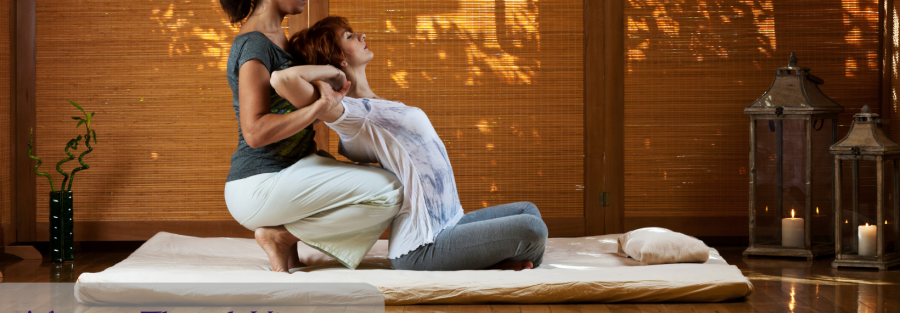Unveiling the Ancient Art of Chavutti Thirummal: A Journey Through History
In the tapestry of traditional healing practices, Chavutti Thirummal stands out as a unique and powerful therapy. This Ayurvedic foot massage, literally translating to “foot pressure massage” in Malayalam, boasts a rich history that intertwines with the cultural heritage of India. This blog delves into the fascinating story of Chavutti Thirummal, tracing its origins in martial arts, its evolution into a holistic healing practice, and its enduring legacy in the world of wellness.
A Legacy Forged in Combat: The Birthplace of Chavutti Thirummal
The roots of Chavutti Thirummal are believed to lie in the ancient martial art form of Kalaripayattu, practiced in Kerala, India. Estimates suggest its emergence could be as far back as 2,000 years ago. Kalaripayattu warriors, renowned for their agility and strength, utilized Chavutti Thirummal for a crucial purpose: maintaining their physical prowess.
The Training Ground of Kalaripayattu:
Kalaripayattu training was rigorous and demanding. Warriors practiced intricate fighting techniques using various weapons and bare-handed combat. Chavutti Thirummal played a vital role in this training regime. After intense workouts, warriors received foot massages from their peers or instructors. These massages served a dual purpose:
- Enhanced Flexibility and Recovery: The deep pressure and rhythmic strokes of Chavutti Thirummal helped to loosen tight muscles. Improve circulation, and promote faster recovery from strenuous training.
- Increased Strength and Stamina: By stimulating specific pressure points on the feet and legs. Chavutti Thirummal may have enhanced the warriors’ overall strength and stamina, crucial for combat performance.
From Battlefield to Healing Ground: Chavutti Thirummal’s Transformation
Over time, Chavutti Thirummal transcended its martial arts roots and evolved into a therapeutic practice focused on promoting general health and well-being. This transformation likely occurred due to several factors:
- The Power of Touch: The therapeutic benefits of massage became increasingly recognized. Practitioners may have observed how Chavutti Thirummal techniques not only aided recovery but also offered pain relief and improved overall well-being.
- The Ayurvedic Connection: Ayurveda, a holistic system of healing developed in India over 5,000 years ago, emphasizes the balance of doshas (vata, pitta, and kapha) – the body’s three vital energies. While Chavutti Thirumal doesn’t directly utilize doshic principles in the same way as other Ayurvedic massages. It aligns with the core philosophy of promoting balance and well-being through physical manipulation.
The Evolution of Traditional Knowledge: Generations of practitioners likely refined and expanded the techniques of Chavutti Thirummal, incorporating elements of Marma therapy. The Ayurvedic system of pressure points believed to be connected to energy channels in the body.
A Journey Through Time: Chavutti Thirummal’s Enduring Legacy
Despite its ancient origins, Chavutti Thirummal continues to thrive in the modern world. Here’s a glimpse into its enduring legacy:
- Preserving Traditions: In Kerala, India, Chavutti Thirummal remains a well-respected and practiced therapy. Traditional families may pass down the knowledge from generation to generation, ensuring the survival of this unique massage technique.
- Global Expansion: The growing interest in alternative and holistic healing practices has led to a surge in the popularity of Chavutti Thirummal worldwide. Massage therapists are increasingly incorporating this technique into their repertoire, offering clients a unique and powerful healing experience.
- Modern Adaptations: While the core principles of Chavutti Thirummal remain unchanged, some contemporary practitioners may adapt the technique to suit individual needs and preferences. For example, some therapists may use massage oils or modify the pressure based on the client’s comfort level.
Unveiling the Secrets: Future Exploration of Chavutti Thirummal’s History
The rich history of Chavutti Thirummal holds secrets waiting to be uncovered. Here are some avenues for future exploration:
Archaeological Evidence: Unearthing historical texts or depictions of massage practices in ancient India could shed light on the early development of Chavutti Thirummal.



